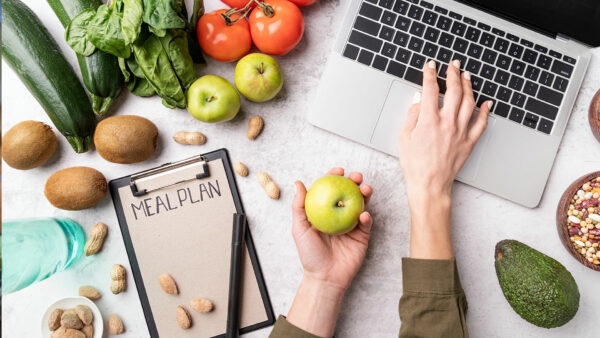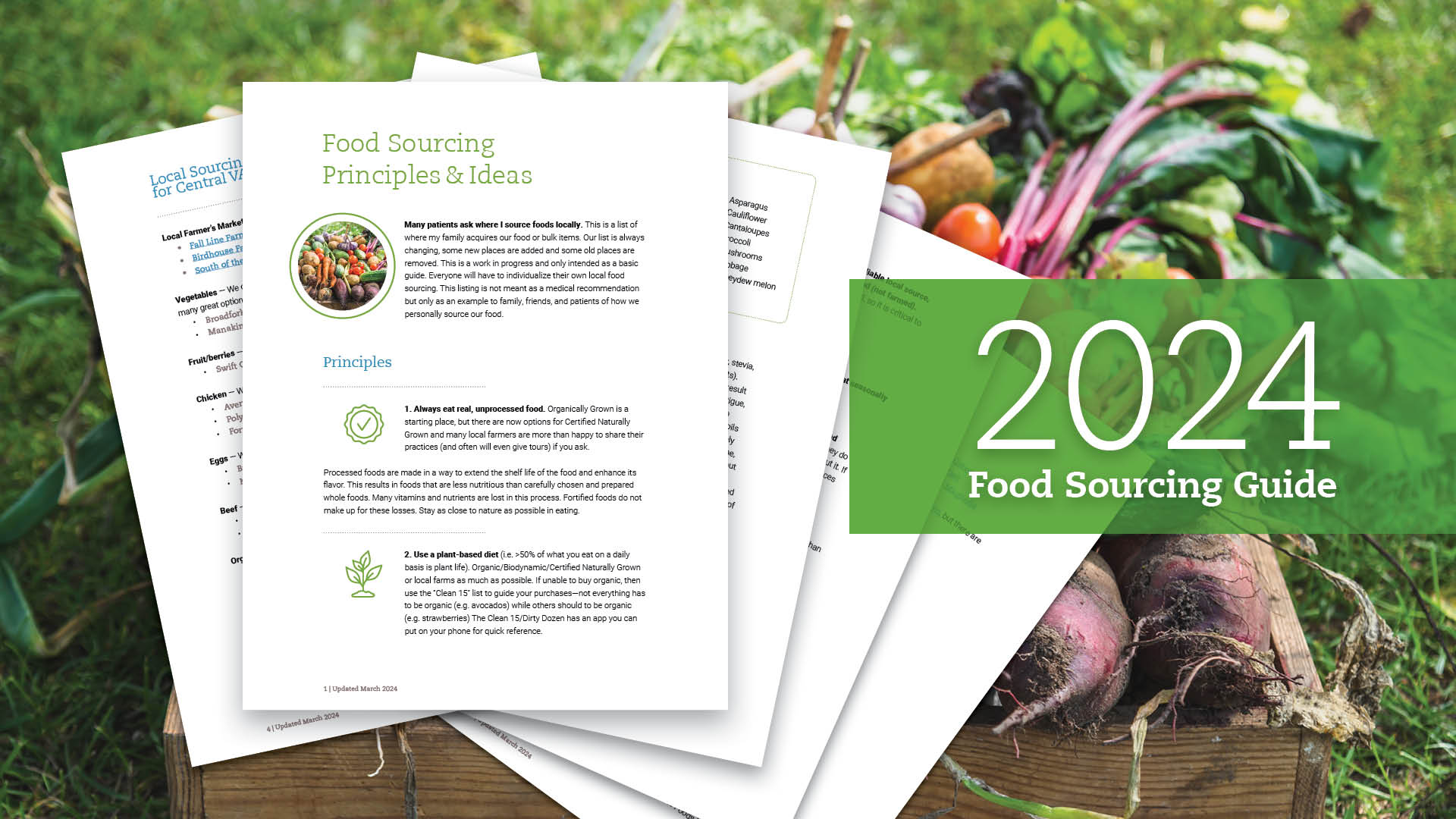July Coach’s Corner: A Mindset of Eating More, Not Less

Jeni O'Neill
July 11, 2022

Subscribe
Never miss out on new content from Dr. Hartman.
When was the last time you heard someone say that they were cutting carbs or fat, eliminating gluten or dairy, or removing processed foods or sugar? This is a common way we describe what we’re eating these days; it appeals to our negativity bias. But our focus on what we’re NOT eating often backfires not only because it’s psychologically ineffective (don’t think about a pink elephant), but also because it takes our attention off of the foods and nutrients that are able to nourish, renew, and heal our bodies.
Nature Abhors a Vacuum
If you try to avoid and not think about foods that are in your current habits and routines, the outcome is usually not sustainable. You might be able to resist for a time, but then the decision fatigue sets in, and you finally think, “What CAN I eat”. (You’re not thinking about that pink elephant again, are you?)
Using coffee as an example, you might set a limit of 1-2 cups per day. But that can get frustrating, which leads to obsessing about coffee. Then you might start thinking creatively about when and how you might bend your own rule. Setting substitution goals is generally much more effective. If you chose to pursue a goal to drink a quart of green tea, 2 quarts of water, and 8 oz of kombucha every day, you’ll surely be drinking less of that coffee. You’ll also be hydrating your body and nourishing it with powerful bioactive compounds that can improve your health and increase focus and energy. That’s a real win!

Setting a Positive Goal Around Food
When was the last time you heard someone say that they wanted to eat MORE? I often coach my clients to do just that.
When using food as medicine, it’s more helpful to focus our attention on what foods we’re adding into our diets and less on what we’re reducing.
I often help my clients set goals to eat more…
Vegetables!
Colorful fruits
Clean protein
Healthy fats
Green tea
Flax seeds
Chia seeds
Walnuts
Leafy greens
Blue/purple veggies and fruits
Fermented foods
Fatty fish
Or perhaps…
An apple a day
A smoothie a day
A salad a day
Half of their plate in non-starchy veggies
A daily side salad with dinner
Why Not Make Your Own “Eat More” List?
You could find a list of colorful fruits and vegetables online (or ask your coach for one) and hang it on your fridge. Make your own goal sheet, stock your fridge, and see what happens! I love food plans that challenge people to eat 3 cups of leafy greens, 3 cups of colorful veggies and fruits, and 3 cups of cruciferous vegetables a day. Yes, that is a lofty goal (you might start with 1 or 2), but it’s a positive one that is measurable and keeps your focus on foods that are healthful and healing.
Perhaps the next time you begin to think about what foods you’re avoiding, you might instead turn your attention to something from your “Eat More” list. What’s on your “Eat More” list? Hop on over to Instagram or Facebook and let us know. We’d love to cheer you on!
Since 2010, Richmond Integrative and Functional Medicine has been helping people to restore their health and hope with an integrative approach to conventional and alternative medicine that’s entirely science-backed. We at RIFM believe everyone is made for health. We offer a comprehensive, in-person patient membership program to ensure you get access to the care you need to thrive.
